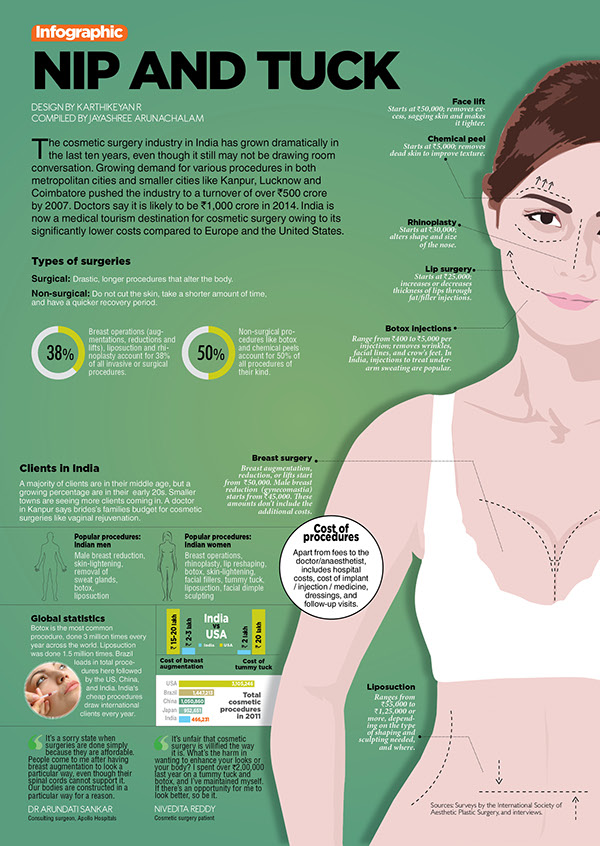Best Treatments For Rosacea And Acne
Best Treatments For Rosacea And Acne
Blog Article
Hormone Acne - What is Hormone Acne?
Hormone acne is defined by blocked pores and oily skin that generally shows up on the chin and jawline. It happens when hormonal changes cause inflammation and bacterial overgrowth within hair roots.
Breakouts may look like whiteheads, blackheads, papules or pustules and cysts or blemishes in a lot more extreme instances. It is extra usual in teenagers going through puberty but can affect adults of any age.
What Causes Hormonal Acne?
While acne can be caused by a variety of factors, including using hair and skin care products that aren't oil-free or made with ingredients that could clog pores, genetic proneness, diet,2 and stress and anxiety, the origin is rising and fall hormonal agents. Hormone acne takes place when the body experiences hormone adjustments and variations that cause an overflow of sebum, which triggers inflammation, enhanced growth of bacteria and changes in skin cell activity.
Hormone acne is usually located on the reduced jawline, cheeks and neck yet can show up anywhere on the body. It is defined by acnes that are cystic, uncomfortable and full of pus or other material. It is additionally more probable to take place in ladies than guys, particularly during puberty, the menstruation, maternity or menopause.
Age
While lots of youngsters experience acne at some point during the age of puberty, it can remain to pester adults well into the adult years. Called hormone acne, this type of breakout is linked to variations in hormones and is generally most common in females.
Hormone acne happens when oil glands create too much sebum, which obstructs pores and catches dead skin cells. This results in the formation of imperfections, such as whiteheads, blackheads and papules, pustules, cysts or blemishes, deep under the surface.
This type of imperfection commonly triggers pain, soreness and swelling. It may additionally be intermittent and appear around the same time every month, such as right prior to your period begins. This is since levels of women hormonal agents like progesterone and oestrogen vary with each menstrual cycle.
Menstruation
Hormonal acne typically shows up in the lower part of your face, along the jawline and cheeks, as whiteheads, blackheads or inflammatory pimples (acnes and cysts). It's probably to appear around the moment when your menstrual cycle changes.
Specifically around ovulation, when estrogen and progesterone levels get on the increase, hormone variations can trigger breakouts. Yet it's likewise possible to obtain acne at any factor during your 28-day menstrual cycle.
If you observe that your hormonal acne flare right before your duration, attempt discovering when specifically this occurs and see if it relates to the stages of your 28-day menstrual cycle. This will certainly assist you pinpoint the origin of your skin troubles. As an example, you may intend to deal with balancing your blood glucose and cutting out high-sugar foods, or take into consideration a prescription medicine like spironolactone that can manage your hormonal agents.
Maternity
Expanding a baby is a time of remarkable hormonal adjustments. For numerous females, this includes a flare-up of hormone acne. This type of outbreak generally starts in the very first trimester, around week 6. It's triggered by hormonal agent surges that boost sebaceous glands to make even more oil, which can clog pores and create more germs to build up.
Outbreaks may likewise occur as a result of pre-existing conditions like polycystic ovary disorder, which can likewise be a concern during pregnancy and menopause. Additionally, some types of contraceptive pill (such as Ortho Tri-Cyclen and YAZ) can trigger hormone acne in some women.
Luckily, most acne treatments are "no-go" for expectant women (consisting of popular acne-fighting components such as isotretinoin and spironolactone). Yet if you can't prevent those irritating bumps, your botox brow lift physician might recommend dental erythromycin or cephalexin, which are safe while pregnant.
Menopause
As females approach menopause, the estrogen degrees that created their hormone acne to flare throughout puberty start to maintain and decrease. At the same time, nevertheless, a spike in androgens (additionally referred to as male hormonal agents) takes place since these hormonal agents can not be converted into estrogen as successfully as in the past.
The excess of androgens can activate oil manufacturing by the sebaceous glands, which blocks pores. When the clogged up pores become irritated and inflamed, an acne forms.
Hormonal acne is commonly seen on the face, particularly around the chin and jawline, however it can take place on the neck, back, shoulders, or chest. This kind of acne has a tendency to flare in a cyclical pattern, similar to the menstruation. Stress and anxiety, which enhances cortisol and throws hormonal agents out of equilibrium, also contributes to the outbreaks.